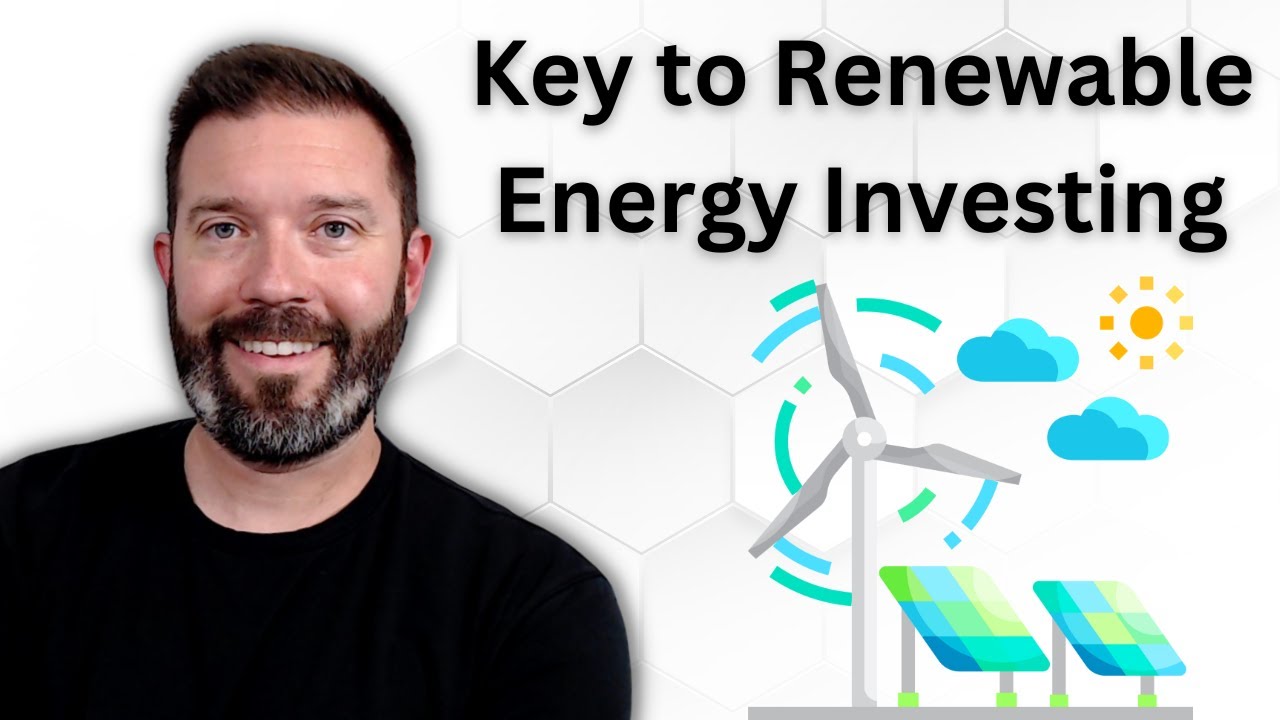
Introduction to Renewable Energy Investments
In recent years, the world has witnessed a significant shift towards renewable energy sources. As concerns about climate change and the depletion of fossil fuels grow, investors are increasingly looking towards sustainable energy options. This guide aims to provide a comprehensive overview of renewable energy investments, including their benefits, risks, and various forms of investment opportunities.
Understanding Renewable Energy
Renewable energy refers to energy derived from resources that are naturally replenished, such as:
- Solar energy – harnessing the sun’s rays to generate electricity.
- Wind energy – utilizing wind turbines to convert wind into power.
- Hydropower – generating electricity from flowing or falling water.
- Biomass – converting organic materials into energy.
- Geothermal energy – utilizing heat from the Earth’s core.
These energy sources not only help reduce carbon emissions but also offer a sustainable alternative to fossil fuels.
The Importance of Renewable Energy Investments
Investing in renewable energy is essential for several reasons:
- Environmental Impact – Reducing greenhouse gas emissions and combating climate change.
- Economic Growth – Creating jobs in the renewable energy sector.
- Energy Independence – Reducing reliance on imported fossil fuels.
- Long-Term Viability – As technology advances, the cost of renewable energy continues to decline.
Types of Renewable Energy Investments
There are several avenues for investing in renewable energy, each with its unique characteristics:
1. Direct Investment in Renewable Energy Projects
This involves investing directly in projects that generate renewable energy. Investors can fund:
- Solar farms – Large-scale solar power plants.
- Wind farms – Areas where wind turbines are installed to produce electricity.
- Hydropower plants – Facilities that convert the energy from water flow into electricity.
2. Renewable Energy Stocks
Investing in publicly traded companies that focus on renewable energy is another option. These stocks can provide exposure to:
- Solar panel manufacturers – Companies that produce solar technology.
- Wind turbine manufacturers – Firms that design and build wind energy equipment.
- Utility companies – Energy providers that are transitioning to renewable sources.
3. Exchange-Traded Funds (ETFs) and Mutual Funds
For those looking for a diversified approach, renewable energy ETFs and mutual funds pool money from many investors to buy a range of renewable energy stocks. This can mitigate risks associated with individual stocks.
4. Green Bonds
Green bonds are fixed-income securities issued to fund projects with positive environmental impacts. Investors can purchase these bonds to support renewable energy projects while earning interest on their investment.
5. Crowdfunding Platforms
With the rise of technology, crowdfunding has become a popular way to invest in renewable energy projects. Investors can contribute small amounts to a project and receive returns based on the project’s success.
Benefits of Investing in Renewable Energy
Investing in renewable energy offers numerous advantages, including:
- Financial Returns – The renewable energy sector has shown significant growth, offering attractive returns on investment.
- Portfolio Diversification – Adding renewable energy assets can diversify investment portfolios.
- Social Responsibility – Investors can align their investments with their values by supporting sustainable practices.
- Government Incentives – Many governments offer tax credits and incentives for renewable energy investments.
Risks Associated with Renewable Energy Investments
While there are many benefits, investors should also be aware of potential risks:
- Regulatory Risks – Changes in government policies can impact the profitability of renewable energy projects.
- Market Volatility – The renewable energy market can be subject to fluctuations based on technological advancements and competition.
- Technological Risks – Rapid changes in technology can render existing projects less viable.
- Funding Risks – Projects may face challenges in securing the necessary financing.
How to Start Investing in Renewable Energy
If you’re interested in investing in renewable energy, follow these steps:
- Research – Understand the different types of renewable energy investments and their associated risks.
- Assess Your Goals – Determine your investment objectives, risk tolerance, and time horizon.
- Choose Your Investment Vehicle – Decide whether to invest directly in projects, stocks, ETFs, or other options.
- Consult a Financial Advisor – Consider seeking professional advice to tailor your investment strategy.
- Monitor Your Investments – Stay informed about market trends and project developments.
Future Trends in Renewable Energy Investments
The future of renewable energy investments looks promising, with several trends emerging:
- Increased Adoption of Electric Vehicles (EVs) – The rise of EVs will drive demand for renewable energy to power them.
- Advancements in Energy Storage – Improved battery technology will enhance the viability of renewable energy sources.
- Decentralized Energy Systems – Communities may invest in local renewable energy projects, reducing reliance on centralized power grids.
- Corporate Investments – More companies are committing to renewable energy, creating additional investment opportunities.
Conclusion
Investing in renewable energy is not just a trend; it is a commitment to a sustainable future. As the world continues to grapple with climate change and the need for cleaner energy, the importance of renewable energy investments will only grow. By understanding the various investment options, benefits, and risks, you can make informed decisions that align with your financial goals and values.
Whether you are an individual investor or part of a larger institution, the time to invest in renewable energy is now. Embrace the transition to a sustainable future and consider adding renewable energy investments to your portfolio today.

